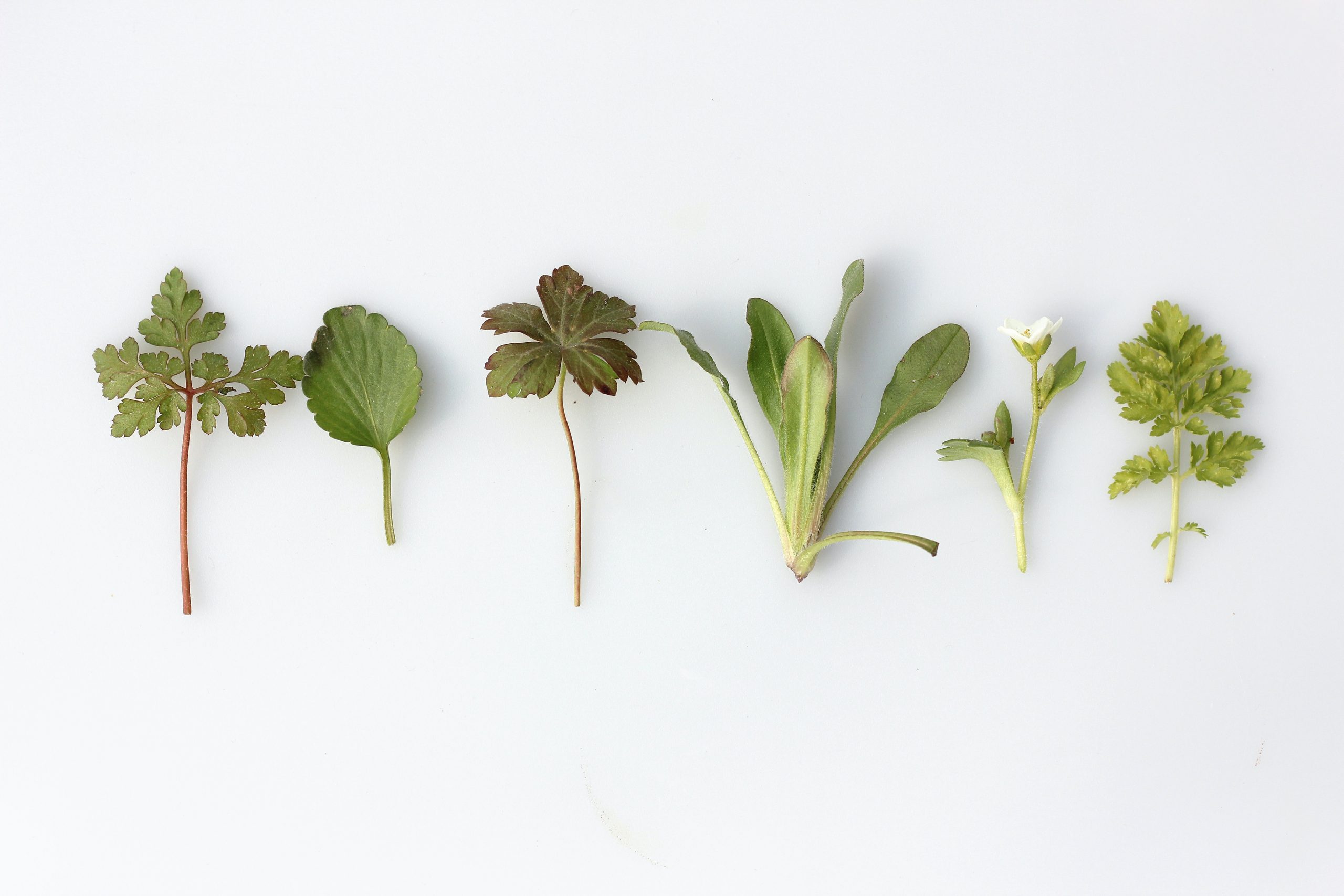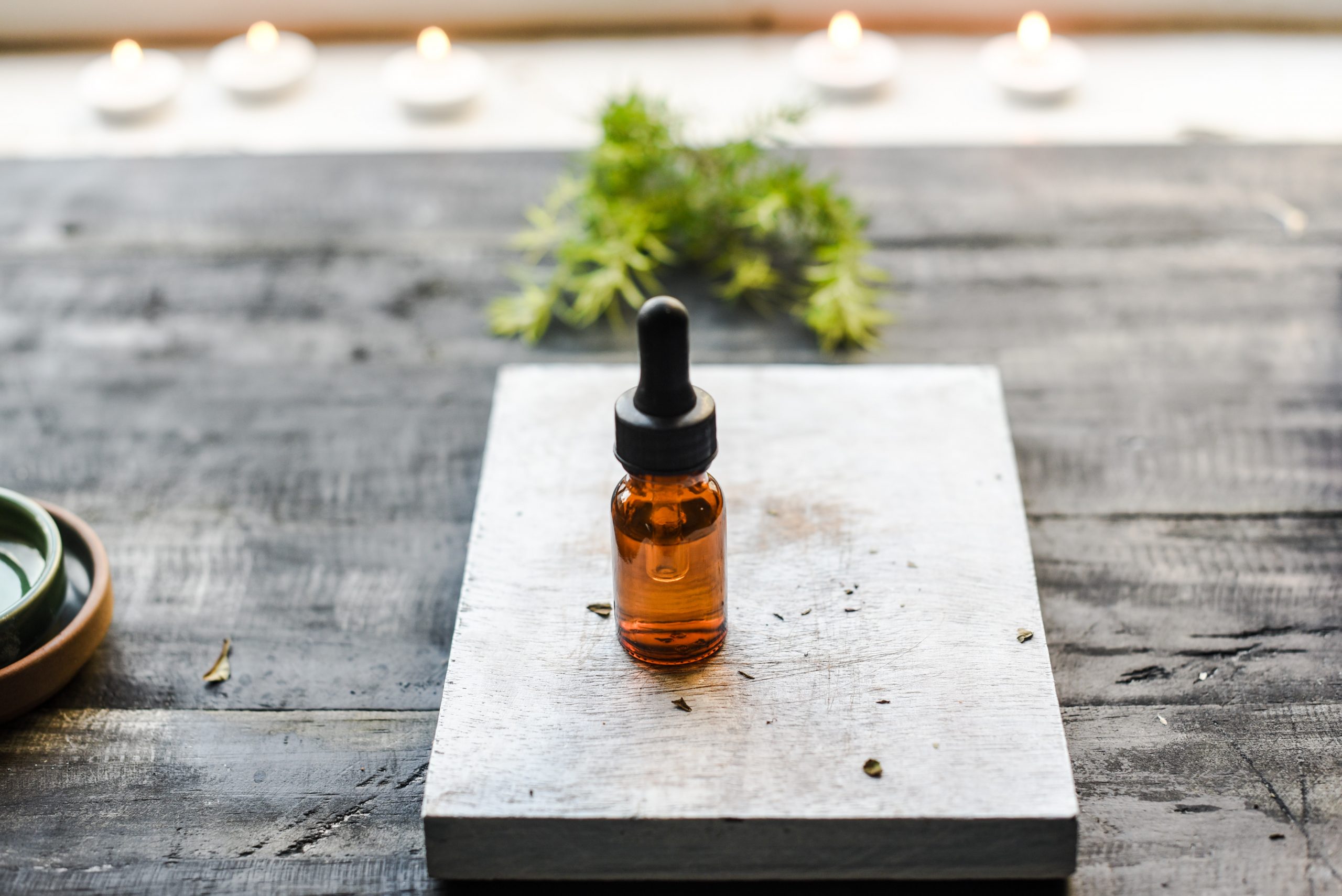For years, herbs have held an important place in Indian culture. Whether it’s the ancient practice of Ayurveda popular for its medicinal and cosmetic properties or Indian food recipes distinguished for their unique flavors, answers have been found in the herbs discovered in the Indian jungles. Although in the era of modernization, as western influence took over, Indians also made a switch to modern medicine, chemical cosmetics, and fast-food diets. But recently, the shift towards a healthier and natural lifestyle has led to herbs being rediscovered and generated a steep rise in their demand.
The Covid-19 pandemic has also acted as a catalyst in this process. As the pandemic took over the world and caused a global health emergency, herb consumption saw a sharp rise whether as cooking ingredients or in the form of herbal products, because of their well-known immunity-boosting benefits. While FMCG brands like Patanjali and Dabur introduced a range of herbal teas, health drinks, oils, herbal powders, and tablets, many new brands like OZiva, Upakarma Ayurveda, etc were also launched in these times. These trends paint a promising picture for starting a herbs business in India.
Selling fresh herbs is one of the easiest to get started as herbs are quick to grow and most of them require just a one-time investment, yielding long-term profits.
Selecting herbs to grow
Selecting the herbs will be dependent on factors like how much time you can spend on growing the herbs, the soil type, and climate conditions. However, if you are just setting up your fresh herbs business, it makes more sense to focus on popular culinary herbs as you can easily find buyers for them. Once the business has been set up, you can expand into medicinal, fragrant herbs as well. Some of the best-selling herbs in India include aloe vera, basil, lemongrass, mint, coriander, chamomile, fenugreek, rosemary, stevia, giloy, parsley, thyme, etc.

Selecting the site for growing herbs
Herbs offer a major advantage for the grower as they can tolerate a wide range of soils and climatic conditions. It is best to ensure a warm area with proper sunlight, fewer weeds, and good soil drainage. You must also check the pH level of the soil before starting farming as herbs generally grow best in the 6.3-6.8 pH range. You will need to add necessary nutrients to the soil to nourish them and help their growth.
Packaging
Once your herbs are harvested, one of the biggest challenges is to keep them perky and fresh during transport and at the market for sale. The golden rule of keeping freshness intact post-harvesting is to lower the temperature quickly and prevent moisture loss from the herbs by quickly packaging them. Of course, this rule does not apply to basil which turns brown when it gets too cold. You can avoid washing herbs unless they are muddy or have insects. In case you sprinkle some water, allow the water to dry before packaging.

Find the right market
Now comes the most important aspect i.e. to find the right market for your produce. You could start selling fresh herbs to popular grocery chains in your area or wholesale distributors sourcing for health product manufacturers. Sometimes, health and Ayurvedic brands also directly reach out to farmers for these herbs. Nowadays, farmers’ markets and organic haats have become a potent marketing channel for farmers. Contact the organizers and book your slots in advance as these are usually competitive. Another route could be to find gourmet restaurants in your area where chefs prefer to use fresh herbs sourced directly from farmers. Chefs are highly specific about the quality and freshness of the herbs they buy. Hence, if you are sure of your product, hand out some free samples. This is the perfect market to tap into and get yourself fixed weekly orders. Some farmers also contact small-scale businesses selling herbal candles, teas, soaps, essential oils, etc.
Tap the international market
The international demand for herbs is also quite high while the availability is very low. This presents an exciting opportunity for Indian farmers to cater to the need gap. If you practice organic farming, exporting herbs could have even higher potential as internationally, there is a huge interest in organic products. In case you have trouble finding export channels, there are many cooperatives and government organizations that are helping farmers on the same.
Value addition for better profits
You can also expand into value-added products apart from fresh herbs. Many rural and urban farmers have established oil processing units on their farm itself to make some extra earnings by selling herbal oils. If you have some investment in hand, herbal drinks, skincare products, natural foods, etc can also be set up. Many farmers even prefer selling dried herbs by packaging them under a brand name. You can also start selling herbs in potted plants at nearby nurseries.

The versatile uses of herbs will ensure that you are able to make profits from this business. If you have been fiddling with the idea, now is the time to get started and make money from herbs.
